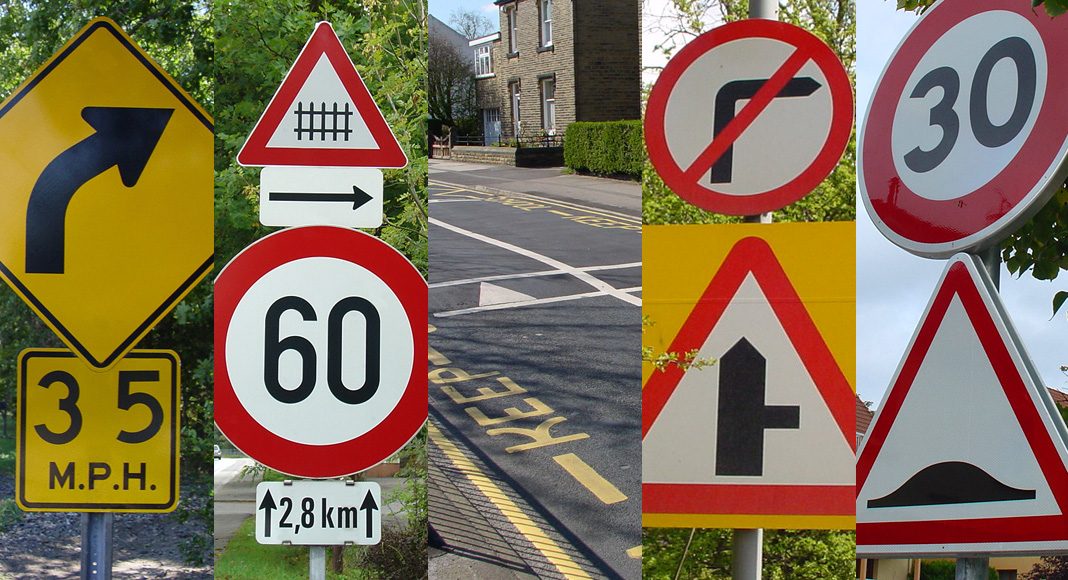[total-poll id=2077]
There appears to be a new hot topic on our roads at the moment – traffic lights, road markings and signs; or rather the complete removal of all of these.
I read an article recently on the Transport Network website which revealed details of new professional guidance on shared space schemes due to be issued in summer of this year.
Led by the Chartered Institution of Highways and Transportation (CIHT), the guidance establishes three types of shared space schemes:
- Unstructured streets: with no or little definition of where in the space a pedestrian, cyclist or motor vehicle might be expected to be.
- Less managed streets: where there are parts of the space, at junctions for instance, with generally clear areas for different types of user but the interaction between them is less managed than on a conventional street, so typically no traffic signals or priority crossings.
- Enhanced streets: where traffic management is generally conventional in the way it operates.
So what exactly is the purpose of shared space on the roads?
There have been claims that removing road markings from roads has the effect of slowing drivers down. By removing signs, traffic lights and any distinction between roads and pedestrian areas, it is thought that drivers will be more cautious and observant, and communication between all road users will be heightened.
One study, carried out by professor Norman Garrick and Benjamin Wargo at the University of Connecticut, found that in the right conditions shared space made junctions/intersections more efficient for both drivers and pedestrians.
The study highlighted an example of shared space in Sonnenfelsplatz, in Graz, Austria, which had the most ‘blurred’ distinction between driver and pedestrian space – and the slowest vehicle speed (5mph), indicating that the more ‘shared’ the space, the slower vehicles travel.
In 2012 a shared space scheme was introduced on Fort Street in Auckland, New Zealand. The outcome was a 140 per cent increase in pedestrian volumes during peak hours and a reduction in the number of vehicles using the area – around 1,450 cars less per day, or 60 cars per hour. Vehicle speeds also dropped by about 5-9km/h.

Does this mean, then, that we should look at introducing more shared spaces around the world? It might not be quite that simple.
In an article published in Highways Magazine recently, Garry Duncan, director of WJ Products, said: “Given the social and economic functionality of our busy highway network, the practicable locations and affordability of shared space schemes are few and far between. In additional to traffic flow issues we have vulnerable road users to consider, such as the visually impaired, who would be completely devoid of points of reference to guide them safely across the space.”
He continued: “For long-term speed reduction and improved road safety perhaps we should focus on better education to engender more respect and improved behaviours from all who use the road.”
Do you know of any examples of shared space? What are your thoughts on removing road markings, signs and traffic lights? I’d love to hear your thoughts.

E-mail: oms@virtualriskmanager.net
Tweet us: @One_More_Second
Facebook: facebook.com/onemoresecond



















